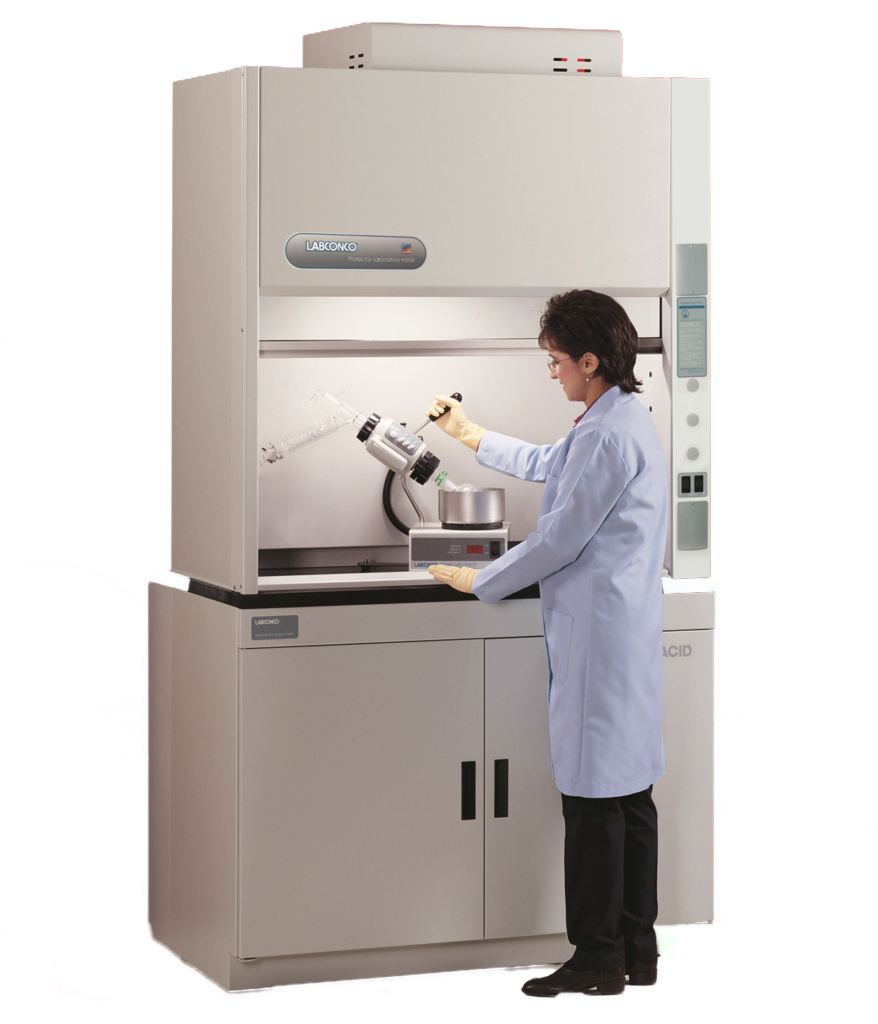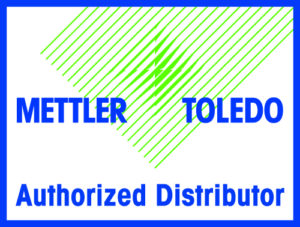Metrology Glossary: Fume Hood
What Is A Fume Hood?
A fume hood is a safety enclosure commonly found in laboratory settings that functions as a ventilated cabinet designed to shield users from hazardous fumes, vapors, and dust generated during experiments or procedures. It operates as a contained workspace with a dedicated airflow system. While working within the hood, a fan draws air away from the user, effectively capturing and removing harmful substances through a connected duct system. Certain fume hoods may incorporate air filtration mechanisms, purifying the air before releasing it back into the laboratory environment. Additionally, a protective front window, known as a sash, serves to shield users from potential splashes or spills within the hood.
What Are Fume Hoods Used For?
- Chemical reactions: Fume hoods protect against harmful gases released during reactions, safeguarding users from inhaling toxic, flammable, or corrosive fumes.
- Handling biological agents: Fume hoods create a secure environment for managing bacteria or viruses, preventing their spread and minimizing infection risks within the laboratory.
- Managing dispersible materials: Fume hoods contain dust and airborne particles generated by materials, reducing respiratory irritation and mitigating explosive hazards during handling.
- Dealing with strong acids and bases: Fume hoods shield users from corrosive fumes produced by strong acids and bases, preventing harm to the skin, eyes, and respiratory system.
- Soldering and welding operations: Fume hoods capture hazardous fumes from soldering and welding, protecting users from inhaling harmful substances emitted during these processes.

Related Terms
Explosion-proof equipment serves a crucial role in safeguarding environments where the potential of explosions exist....
A welder or welding machine is a tool that employs heat to fuse two or more pieces of metal together, typically through the utilization of an electric arc, a gas...







